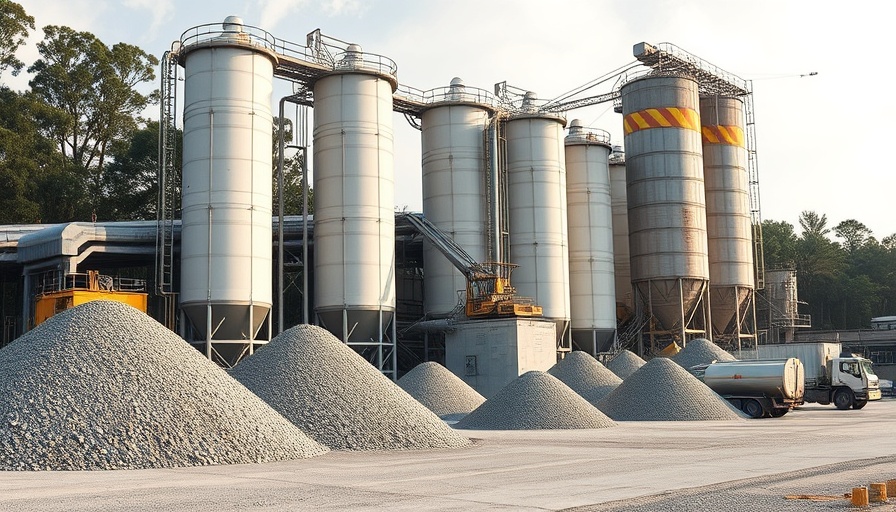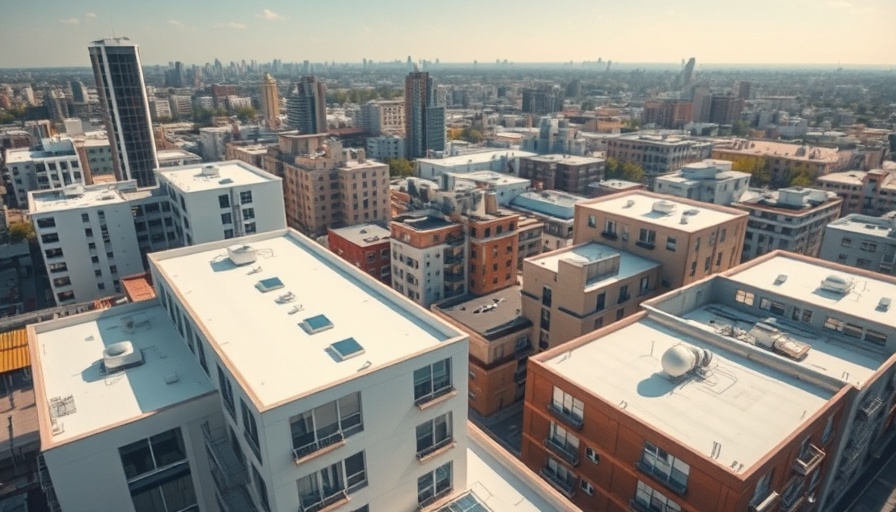
Building Tomorrow: The Role of Innovative Chemicals in Construction
As the construction landscape evolves, the integration of advanced materials and chemicals has become vital for enhancing durability and sustainability. With an increasing focus on eco-friendly practices, businesses must adapt to a range of innovative construction chemicals that not only improve building resilience but also mitigate environmental impacts.
1. Green Roof Solutions: A Breath of Fresh Air
In urban settings, green roof solutions are rapidly gaining traction. These sustainable systems not only enhance aesthetics but significantly improve air quality and reduce energy consumption. Providing an environment for vegetation growth, green roof chemicals create a nurturing substrate that retains moisture and nutrients, while also offering waterproofing protection for underlying structures. Companies like ECMAS have developed robust solutions that resist hostile weather, ensuring longevity and efficiency.
2. The Future of Self-Healing Concrete
Concrete, a cornerstone of construction, often suffers from cracks due to myriad factors including environmental stress. But imagine a concrete that can heal itself! Self-healing concrete leverages biological agents like bacillus pasteurii, which work to mend cracks autonomously, prolonging structural life and reliability. This innovation promises to revolutionize maintenance dynamics in many buildings, reducing repair costs and resource waste.
3. Plant-Based Rigid Foam: Going Green with Insulation
As insulation technology advances, traditional polyurethane foams are being eclipsed by plant-based rigid foam. Sourced from biopolymers like bamboo and hemp, this eco-friendly insulation option offers superior thermal performance while being completely recyclable. Such innovations highlight the industry’s shift toward sustainable materials that contribute positively to global efforts against climate change.
4. Low-Carbon Concrete: Reducing the Footprint
Concrete production is notoriously high in carbon emissions, making the development of low-carbon alternatives essential. These innovative variants not only minimize environmental impact but also maintain structural integrity and performance, making them an attractive choice for environmentally-conscious developers. With production methods evolving, low-carbon concrete can foster a significant reduction in a project's overall carbon footprint.
5. Waterproofing Innovations: Protecting Structures from the Elements
Effective waterproofing is crucial for extending the lifespan of construction projects. Advances in waterproofing chemicals provide enhanced protection against water damage, mold, and structural deterioration. These modern formulations integrate seamlessly into building designs, enhancing energy efficiency and minimizing the need for chemical treatments.
Embracing the Future of Construction
For business owners and property developers, understanding and integrating these innovative construction chemicals is not merely an trend—it's a necessity for staying competitive and environmentally responsible. By opting for forward-thinking materials, businesses can meet market demands while contributing positively to sustainability efforts.
Take Action: Build Sustainably Today
Explore how these cutting-edge chemicals can elevate your construction projects. For businesses committed to sustainability, investing in innovative solutions now can lead to significant long-term benefits both economically and environmentally. Reach out to construction chemical providers like ECMAS to learn how you can start implementing these technologies in your next project.
 Add Row
Add Row  Add
Add 




 Add Row
Add Row  Add
Add 

Write A Comment